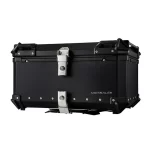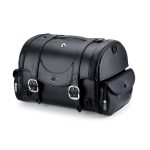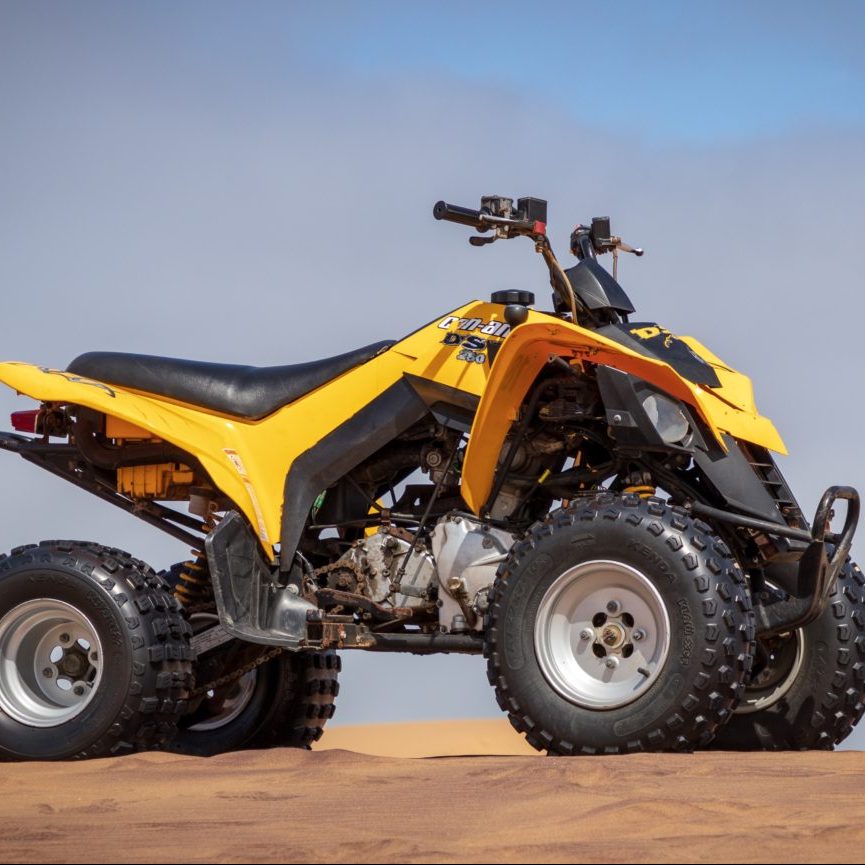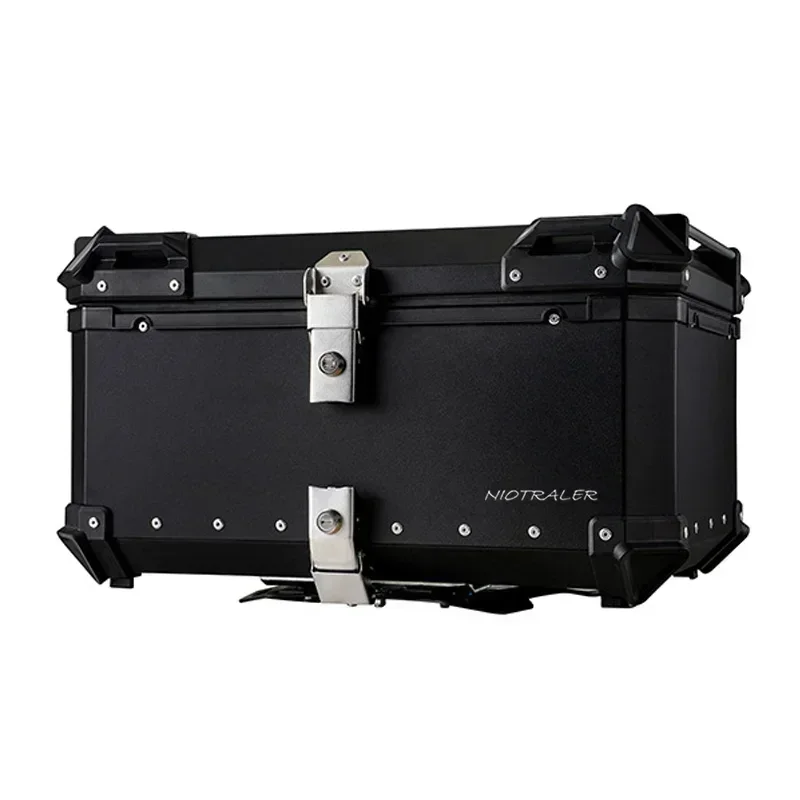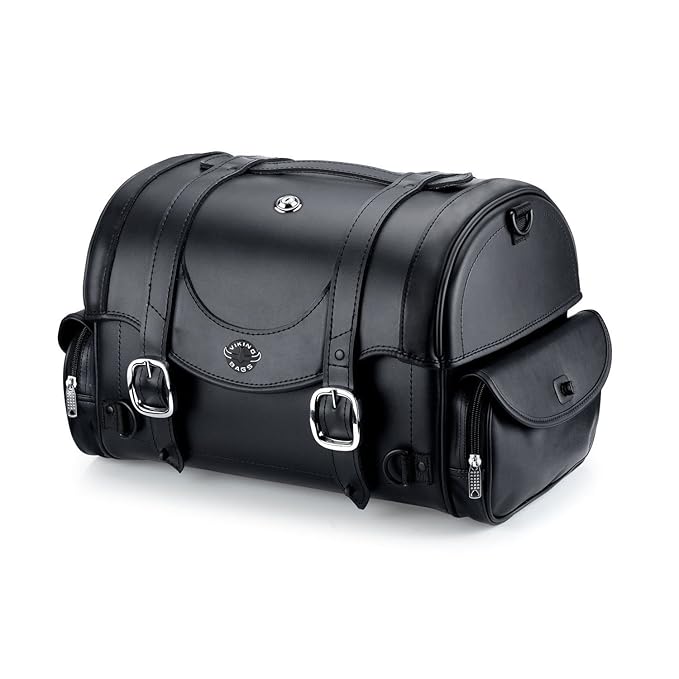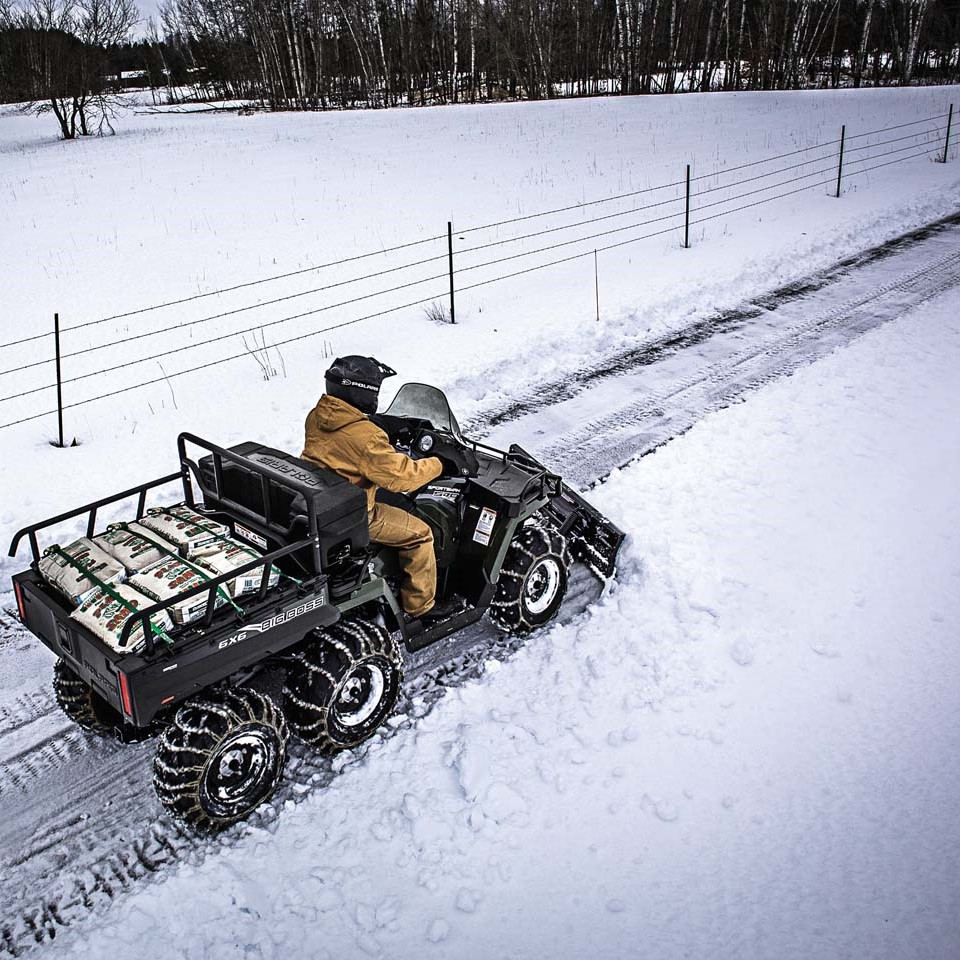Introduction: how much does an atv weigh
How much does an atv weigh? When considering how much an ATV weighs, it’s essential to recognize the weight range varies greatly. ATV weights can range from as light as 220 pounds (100 kilograms) for youth models to well over 800 pounds (360 kilograms) for larger, more equipped utility ATVs. This broad spectrum is due to diverse design specifications, engine sizes, and intended uses.
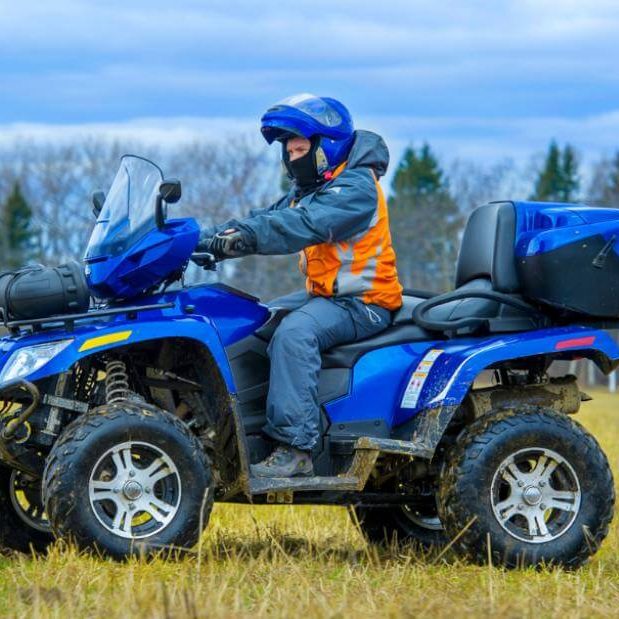
Several factors contribute to an ATV’s overall weight. Entry-level ATVs, typically smaller and with less powerful engines, tend to be on the lighter side. These models are easier to handle, making them suitable for beginners or younger riders. Mid-range ATVs offer a balanced mix of power and weight, delivering a versatile performance for various applications. On the high end of the weight spectrum lie the utility and sports utility models that boast larger engines, additional features, and reinforced structures for demanding tasks.
The weight of an ATV not only impacts its performance but also affects transportation requirements. Heavier ATVs may need more powerful vehicles to tow them and could demand larger trailers equipped with sturdy ramps. Understanding the weight range of ATVs helps prospective buyers make informed decisions based on their individual needs and the capabilities required from the vehicle. Whether it’s for recreational use or professional engagements, knowing how much an ATV weighs is a critical aspect of the selection process.Keep in mind that the specific weight of an ATV will depend on the brand, model, and the inclusion of any added accessories or customizations.
Factors Influencing ATV Weight
Several factors determine the final weight of an ATV. Each component plays a significant role.
Material Choices
The materials used in the construction of an ATV influence its weight significantly. Manufacturers may use steel for durability, which adds weight. Alternatively, some use aluminum or composite materials, which are lighter. The choice of material can impact the ATV’s strength, cost, and overall weight.
Engine Size and Type
Engine specifications are a major factor in ATV weight. Larger engines generally weigh more but provide more power. The choice between a two-stroke and a four-stroke engine also affects weight. Four-stroke engines are heavier but offer more power and efficiency. Choosing the right engine depends on the required performance and weight considerations.
Additional Features and Accessories
Extra features and accessories also contribute to an ATV’s weight. Features like winches, cargo racks, and additional seating increase weight. Each additional feature or accessory adds to the overall mass, affecting both performance and transportability. When selecting accessories, consider how they will impact the weight and usage of the ATV.
Importance of Weight in ATV Performance
Understanding how much an ATV weighs is crucial when assessing performance. Here’s why weight matters:
Handling and Maneuverability
A lighter ATV is often more agile, making it easier to steer and control. This is especially important when navigating through tight turns or tricky trails. Lighter vehicles typically respond quicker to rider inputs, which can be a significant advantage in avoiding obstacles or executing sharp maneuvers.
However, a heavier ATV might offer better stability and traction, particularly on rugged terrain or when climbing hills. The extra weight can help to keep the ATV grounded, reducing the likelihood of tipping over. It’s about finding the right balance between weight and the handling characteristics that suit the rider’s style and environment.
Fuel Efficiency
Weight also affects fuel efficiency. Generally, heavier ATVs will consume more fuel due to the greater power required to move the extra mass. Riders who prioritize fuel economy or those using ATVs for long expeditions might prefer lighter models to reduce fuel consumption and costs. Conversely, those needing more power and durability for work tasks may opt for a heavier model, accepting the higher fuel expense as a necessary trade-off.
In summary, the weight of an ATV influences how it performs, handles, and consumes fuel. Riders must weigh these factors, considering their specific needs, to choose the right ATV. Lighter ATVs excel in agility and fuel efficiency, while heavier ones provide stability and power, affecting overall performance.
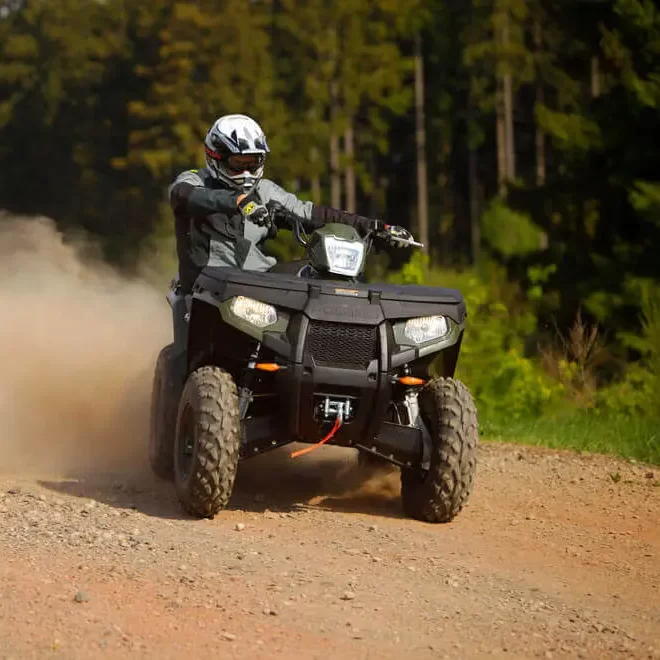 Comparative Analysis of Different ATV Brands
Comparative Analysis of Different ATV Brands
The weight of an ATV can vary significantly among different manufacturers and models. Let’s dive into a comparative analysis of some popular ATV brands to understand how their vehicles stack up in terms of weight.
Polaris
Polaris is renowned for producing robust ATVs with advanced features. Their ATVs typically weigh between 700 to 800 pounds, making them some of the heftier options on the market. The Polaris Sportsman, for instance, is built for utility and performance, contributing to its increased weight.
Honda
Honda ATVs are well-regarded for their reliability and feature a mix of lightweight and mid-weight models. Honda’s TRX250X is an example of a lighter sport ATV, weighing in at around 400 pounds, while their Foreman series can tip the scales at approximately 600 pounds.
Yamaha
Yamaha offers a wide range of ATVs with a focus on sport and utility. Their models span from the lightweight YFZ450, at just over 400 pounds, to the Grizzly 700, which is closer to the 700-pound mark. Yamaha’s design philosophy blends performance with maneuverability, reflected in the diverse weight range of their ATVs.
Each brand brings something unique to the table, with weight variations that cater to different preferences and uses. When considering how much an ATV weighs, it’s essential to compare brands based on the intended use, as well as the additional features and accessories each model may include.
Guidelines for Choosing the Right ATV Based on Weight
Selecting the appropriate ATV for your needs involves understanding how much an ATV weighs. Consider these key factors:
Purpose of Use: Recreational vs Professional
For recreational use, lighter ATVs are often more suitable. They offer ease of control and maneuverability. Ideal for casual riders, they enhance the fun factor without the bulk. In contrast, professionals might need heavier ATVs. These provide better stability and can handle demanding tasks like agricultural work or heavy towing.
Rider Experience Level
Beginner riders should consider starting with a lighter ATV. It is easier to handle and less intimidating. As skills grow, one can switch to heavier models for enhanced stability. Experienced riders may opt for heavier ATVs as they offer more power and can tackle challenging terrains confidently.
By considering the primary use and the rider’s experience, one can make an informed decision on the ATV’s weight. This ensures a balance between performance, safety, and enjoyment.
Legal Considerations Regarding ATV Weight
When it comes to ATVs, weight doesn’t just affect performance; it also has legal implications.
Transportation Laws
Transporting an ATV often requires adhering to specific laws. Heavier ATVs may need trailers that comply with weight limits. Regulations may also mandate certain vehicles to tow these trailers. Failure to follow these laws can lead to fines or other penalties. Always check local regulations before transporting your ATV.
Usage Restrictions in Specific Areas
The weight of an ATV might also restrict where it can be used. Some trails or regions may have weight limits to protect the terrain. Heavier ATVs could be prohibited in fragile ecosystems to prevent damage. Know the rules of your destination to avoid violating area-specific regulations.
These legal considerations underline the importance of knowing how much an ATV weighs. Ensuring compliance with transportation and usage laws helps avoid legal issues and contributes to the responsible enjoyment of these vehicles.
Conclusion: how much does an atv weigh
In summary, the question of how much does an ATV weigh is intricate and varies widely depending on the type, model, and intended use. Weights typically range from 200 to 1,800 pounds, with various factors influencing these measurements. Whether you are a novice rider looking for your first ATV or an experienced enthusiast seeking a powerful utility model, understanding an ATV’s weight is crucial for making an informed decision. Ultimately, recognizing the implications of weight on handling, load capacity, fuel efficiency, and environmental impact will enrich your overall experience and ensure you choose the right ATV for your needs.

